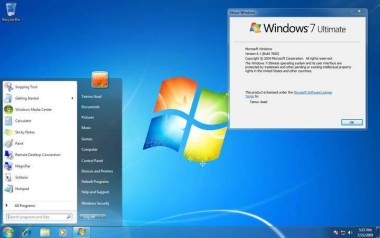Windows 7 with Aero Glass, in my opinion, was the last version of windows that actually felt warm and comfortable to use. 8, 10 and 11 all feel so cold, sterile and boring.
cross-posted from: lemmit.online/post/2823044
This is an automated archive made by the Lemmit Bot.
The original was posted on /r/nostalgia by /u/Character-Emotion237 on 2024-05-02 22:39:26.








Add comment